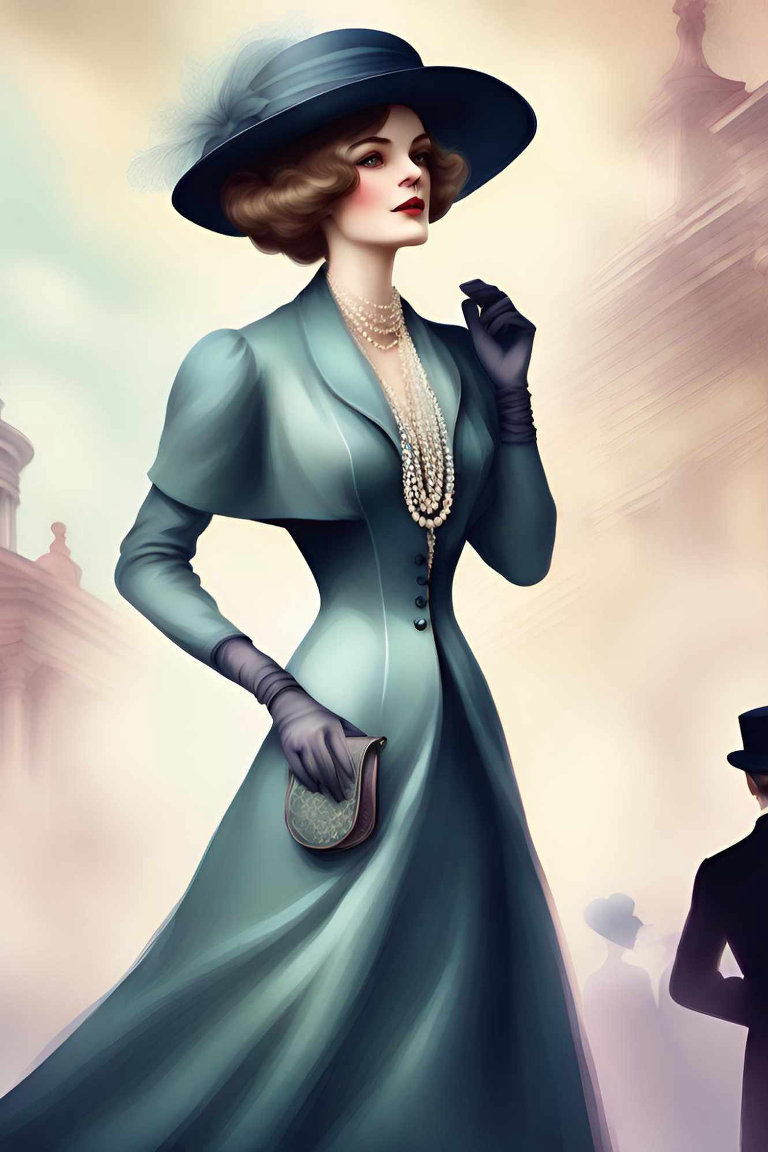
Gucci, a name synonymous with luxury, elegance, and bold creativity, has a history deeply intertwined with the evolution of modern fashion. From its origins in Florence to its status as a global powerhouse, Gucci’s journey reflects innovation, reinvention, and cultural influence.
1. THE GUCCI LEGACY (1921-1980s)
The story began in 1921 when Guccio Gucci opened his first leather goods shop in Florence. Precision craftsmanship and high-quality materials shaped the brand’s early identity.
- Leather luggage and handbags established luxury credibility
- Iconic elements such as the bamboo-handled bag and Flora scarf emerged
- Heritage products highlighted Italian artisanal excellence
Despite growth, internal family disputes and mismanagement triggered a downturn in the late 1980s.
2. THE TOM FORD REVIVAL (1990s)
In 1990, Tom Ford joined as Creative Director and revolutionized Gucci’s image.
- Sensual designs with sharp tailoring and bold glamour
- Logo-forward fashion that redefined modern luxury
- A stronger focus on provocative marketing and high fashion
Ford’s daring aesthetic restored Gucci’s relevance and global prestige.
3. A NEW ERA UNDER KERING (2000s-PRESENT)
In 1999, Gucci became part of the Kering luxury group, prompting fresh creative direction.
- Designers Alessandra Facchinetti and Frida Giannini refined feminine elegance
- Classic motifs modernized while honoring brand heritage
The brand continued to evolve, gaining strength through its renewed identity.
4. THE ALESSANDRO MICHELE TRANSFORMATION (2015-PRESENT)
Michele led a bold creative renaissance defined by maximalism and artistic expression.
- Vibrant colors, eclectic prints, and layered textures
- Gender-fluid silhouettes challenging traditional norms
- Deep focus on individuality, freedom, and storytelling
His vision captured a new generation’s imagination and propelled Gucci back into cultural dominance.
5. A CULTURAL VOICE BEYOND FASHION
Recently, Gucci has expanded its mission toward social and environmental impact.
- Advocacy for sustainability and ethical responsibility
- Support for inclusivity and underrepresented communities
- Commitment to progressive global values
Gucci’s journey illustrates the power of creativity and reinvention. From leather craftsmanship to luxury powerhouse, the brand continues to evolve while influencing global culture, proving that fashion thrives when it embraces both heritage and innovation.






